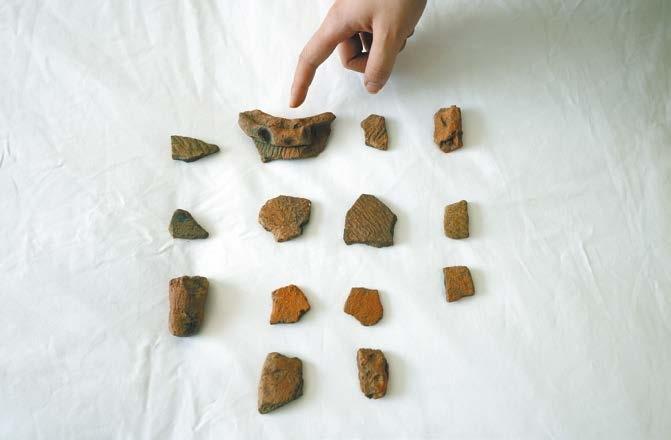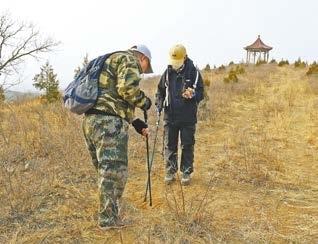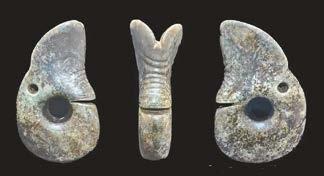


ARCHAEOLOGISTS have recently discovered multiple Hongshan culture sites in the city of Lingyuan, Northeast China’s Liaoning Province, according to the Liaoning provincial institute of cultural relics and archaeology. Through sample collection and analysis, these findings provide new evidence of the evolutionary process of Hongshan culture. The recently found sites are located in the Wubaiding site complex, where archaeologists from the institute have conducted a systematic archaeological survey covering approximately 285,000 square meters. During this survey, archaeologists collected pottery shards and stone artifacts from various periods and found a total of 53 sites, including 38 cultural remnants ranging from the Neolithic to the Bronze Age. “This archaeological survey provides key coordinates for exploring settlement sites that evolved in coordination with the core area of Hongshan culture,” said Yu Huaishi, a researcher from the institute. Hongshan culture is an important prehistoric archaeological culture dating back roughly 5,000 to 6,000 years. Its distribution covers three regions located in the west of Liaoning Province, the north of Hebei Province and the east of Inner Mongolia Autonomous Region. Among these, Liaoning is the core area in terms of Hongshan culture distribution and the focal region for studying this culture. Three new jade dragons were unearthed in 2024 from the Yuanbaoshan site in Chifeng City, North China’s Inner Mongolia Autonomous Region, offering new evidence of the brilliance of the Hongshan Culture. One of the findings includes the largest jade dragon ever discovered, providing valuable new insights into the study of this ancient civilization. The jade dragon, measuring 15.8 cm in length, 9.5 cm in width, and 3 cm in thickness, was excavated from the stone tomb in Yuanbaoshan in Chifeng’s Aohan Banner. Alongside the dragon, over 100 other jade artifacts, including rings, discs, silkworms and owls, were also found. Chifeng, the birthplace of the Hongshan culture, has over 700 known Hongshan sites. The discovery of the Yuanbaoshan site adds to the region’s rich archaeological heritage. In addition to the three jade dragons found in Inner Mongolia last year, another was discovered at the Zhengjiagou site in Zhangjiakou, Hebei Province, marking the first discovery of a Hongshan artifact outside its core region. Zhang Wenrui, director of the Hebei Provincial Institute of Cultural Relics and Archaeology, noted that the findings in Zhangjiakou suggest the late Hongshan people may have migrated westward from Inner Mongolia and northeast China’s Liaoning Province. This discovery offers new insights into their migration and cultural spread. (Xinhua) | 
